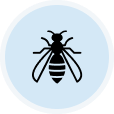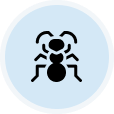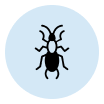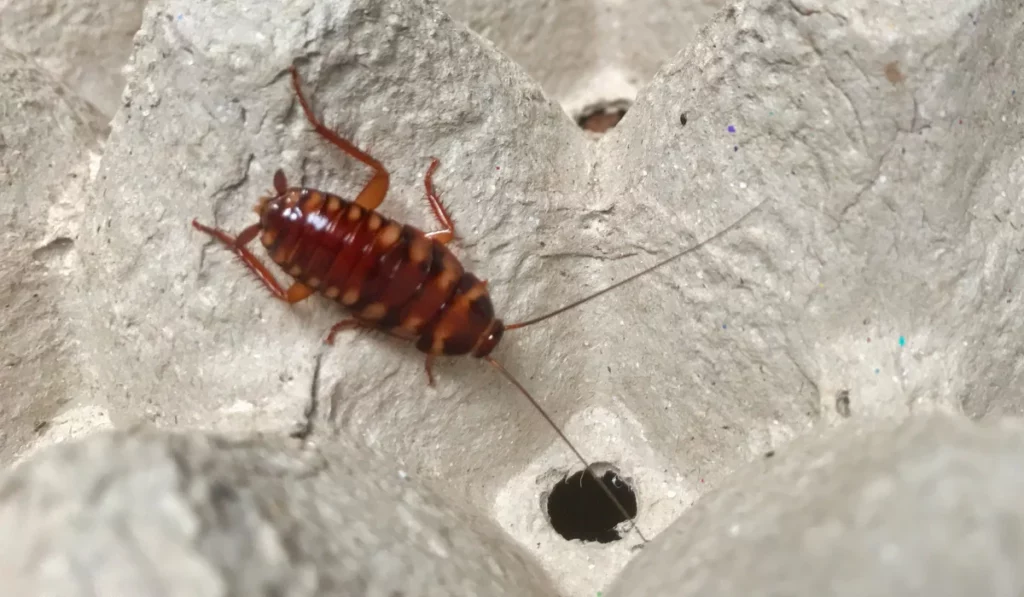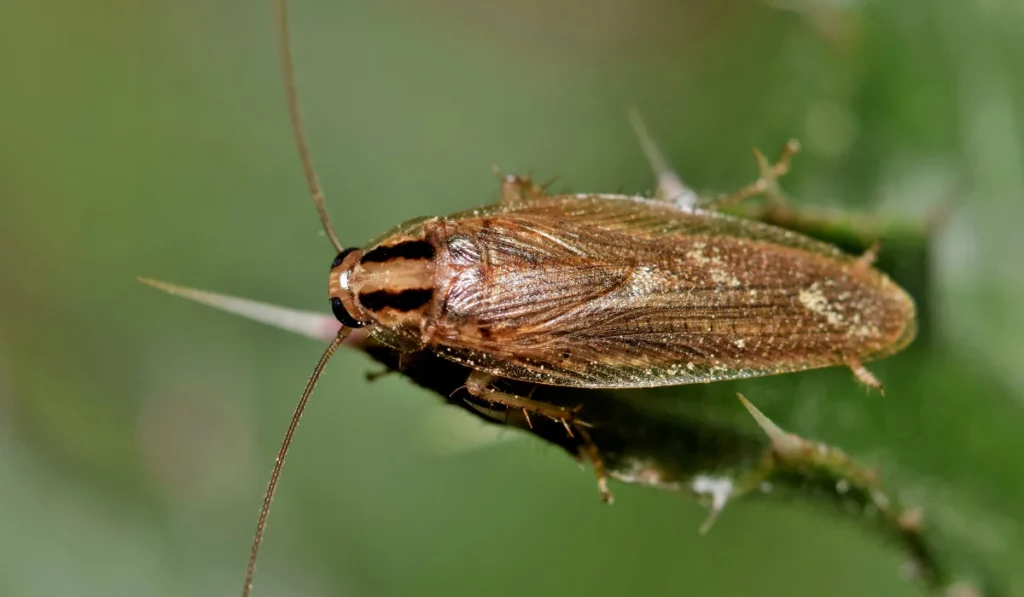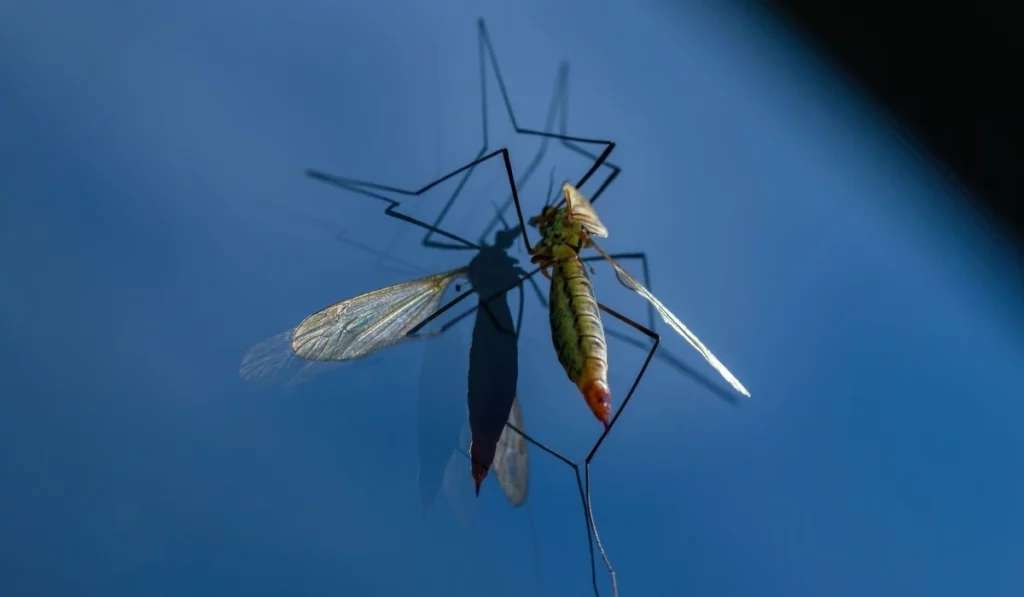Finding ants in your kitchen can feel like a never-ending battle, but the good news is that there are practical solutions to address the issue. Whether you’re dealing with odorous house ants, sugar ants, or even carpenter ants, the key to getting rid of them lies in understanding their behavior and eliminating what attracts them.
Here’s how to reclaim your San Diego kitchen from ants.
Key Takeaways
- Knowing what type of ants you’re dealing with helps you pick the best way to get rid of them.
- Keeping your kitchen clean and sealing entry points makes it harder for ants to invade your space.
- Using bait and disrupting trails is key to eliminating the entire colony and stopping future infestations.
- Professional pest control can handle stubborn infestations and give you tips to keep your kitchen ant-free.
1. Identify the Species of Ants
Different types of ants require different approaches. Common ant species in San Diego include:
| Ant Species | Distinct Features |
|---|---|
Odorous House Ants  |
Attracted to sweet foods and leave a noticeable smell when crushed. |
Sugar Ants 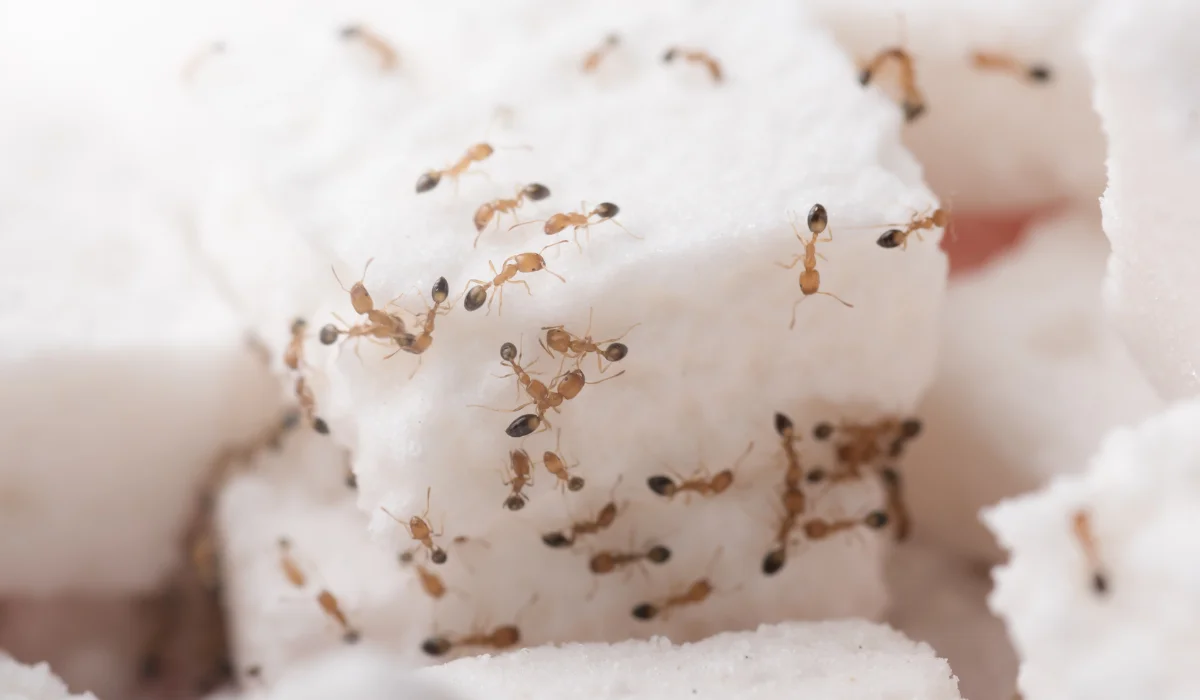 |
Known for their love of sugary substances, these tiny pests often find their way into cabinets and countertops. |
Carpenter Ants  |
Unlike other types of ants, they can damage wooden structures in your home. |
Argentine Ants  |
Highly invasive and difficult to control due to their large colonies. |
2. Remove Food Sources
Ants come into kitchens because they’re looking for food, so cutting off their access is key. Make sure to store all food, including pet food, in airtight containers so they can’t get to it.
Clean your kitchen countertops regularly to get rid of crumbs or sticky spills, and take out the trash daily using tightly sealed bags. Don’t forget to fix leaky pipes and wipe up standing water around sinks or appliances.
Even tiny crumbs or residue can be enough to attract ants, so keeping your kitchen spotless is an important part of solving the problem.
3. Destroy Pheromone Trails
Ants rely on pheromone trails to guide others in their colony to food, so getting rid of these trails is crucial. You can use a solution of white vinegar and water to wipe down surfaces like baseboards and ant trails.
Another easy option is to mix equal parts dish soap and water in a spray bottle and clean the affected areas. Thoroughly cleaning these trails stops more ants from following the path into your kitchen.
4. Seal Entry Points
Ants typically enter homes through small cracks and gaps. Examine your kitchen for potential entry points such as:
- Windowsills and door frames
- Cracks along baseboards
- Crevices near cabinets and walls
Use caulk to seal gaps and prevent ants from accessing your home. Be diligent about inspecting these areas, as ants are persistent and can find new routes.
5. Use Ant Baits
Ant baits are a great way to get rid of an entire ant colony.
Set up bait stations near active trails and entry points so the worker ants can carry the bait back to their nest. This helps eliminate the entire colony over time.
To get the best results, use baits with borax or boric acid, which work slowly but are highly effective.
Just make sure not to spray ants directly while using bait—this can cause them to scatter and avoid the bait, making the problem even harder to handle.
6. Try Natural Repellents
If you prefer to avoid harsh treatments, consider DIY natural remedies to repel ants:
- Peppermint Oil: Mix a few drops with hot water and spray around windows and doors.
- Lemon Juice: The acidity disrupts ant pheromones and deters them from returning.
- Cayenne Pepper or Black Pepper: Sprinkle these near entry points to repel ants naturally.
- Diatomaceous Earth: Safe for humans and pets, this powder damages the ants’ exoskeleton and leads to dehydration.
7. Target the Ant Nest
Eliminating the ant nest is the most effective way to resolve an ant problem. Search for nests outdoors near:
- Soil and mulch beds
- Foundation cracks
- Around water sources like garden hoses or sprinklers
Pouring boiling water directly into the nest can be a quick solution for smaller colonies. For larger ant infestations, professional pest control may be necessary.
8. When to Call a Pest Control Company
If your efforts aren’t enough, it might be time to call in professionals.
A pest control company can identify ant colonies, locate hidden ant nests, and apply targeted treatments to get rid of the infestation. Professionals can also advise on preventive measures to keep your kitchen ant-free.
Why Choose Simple Pest Management?
At Simple Pest Management, we specialize in providing tailored pest control solutions for San Diego homeowners. Whether you’re battling odorous house ants, pavement ants, or stubborn pharaoh ants, our team has the expertise to resolve your issue quickly and effectively.
Contact us today for a free estimate, and reclaim your kitchen from these persistent pests!


